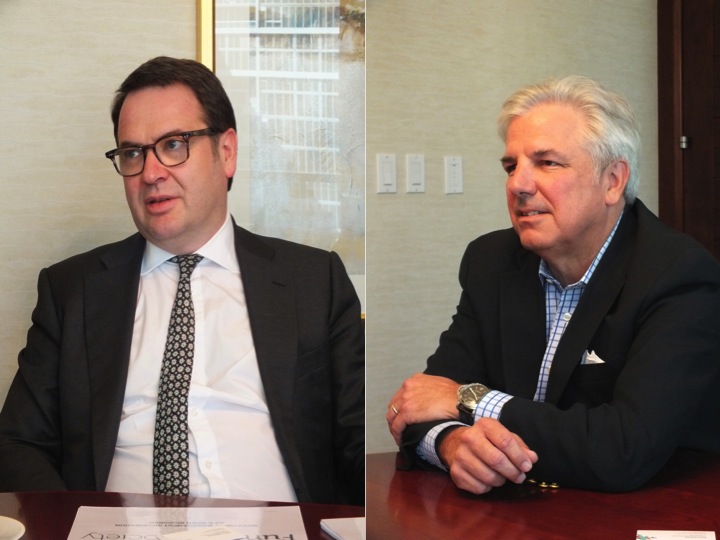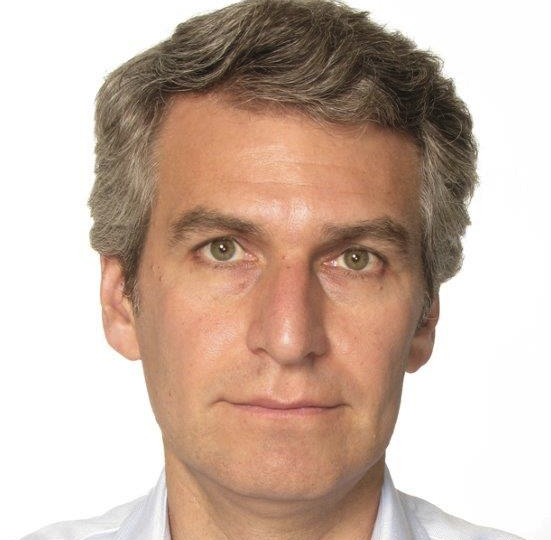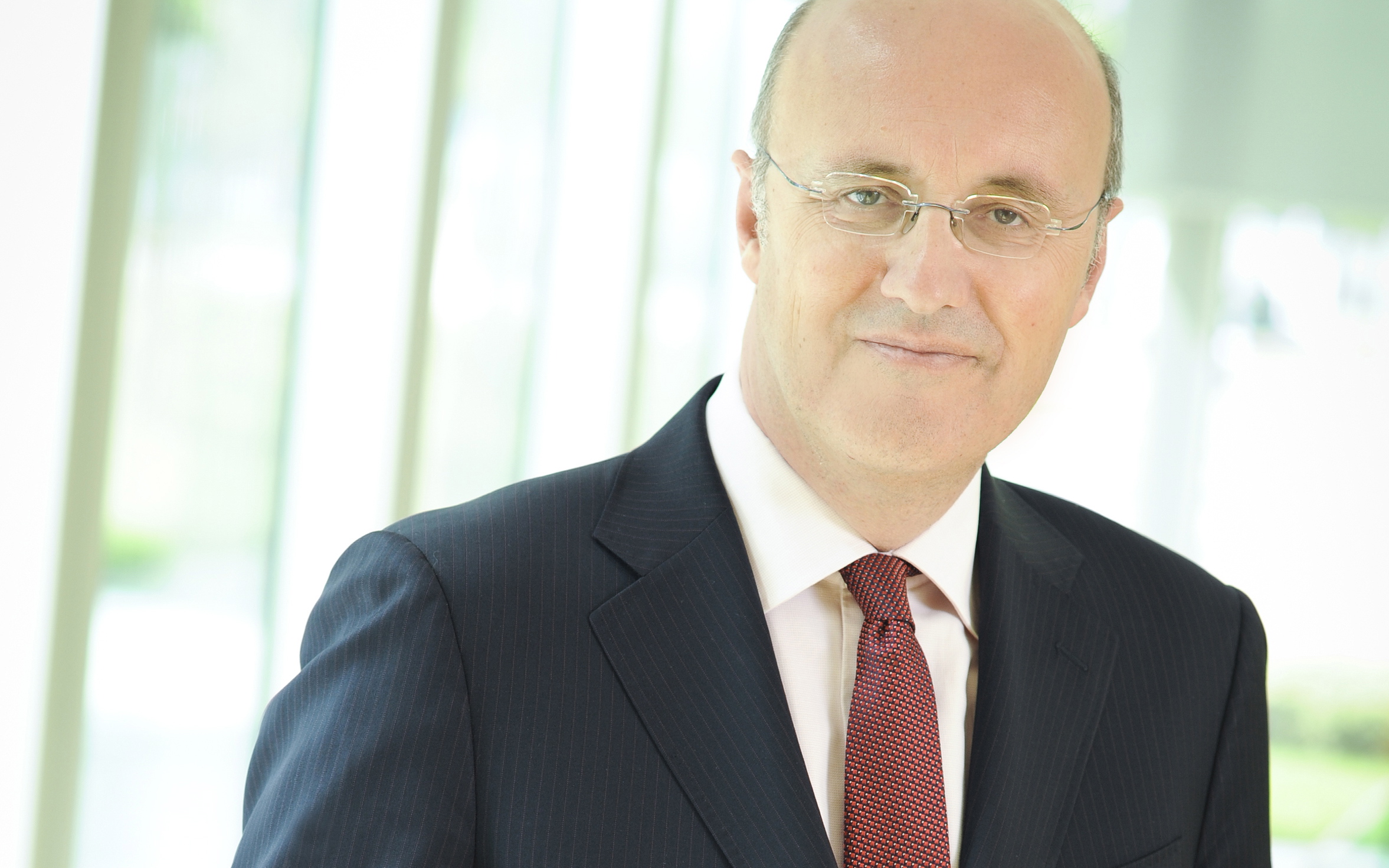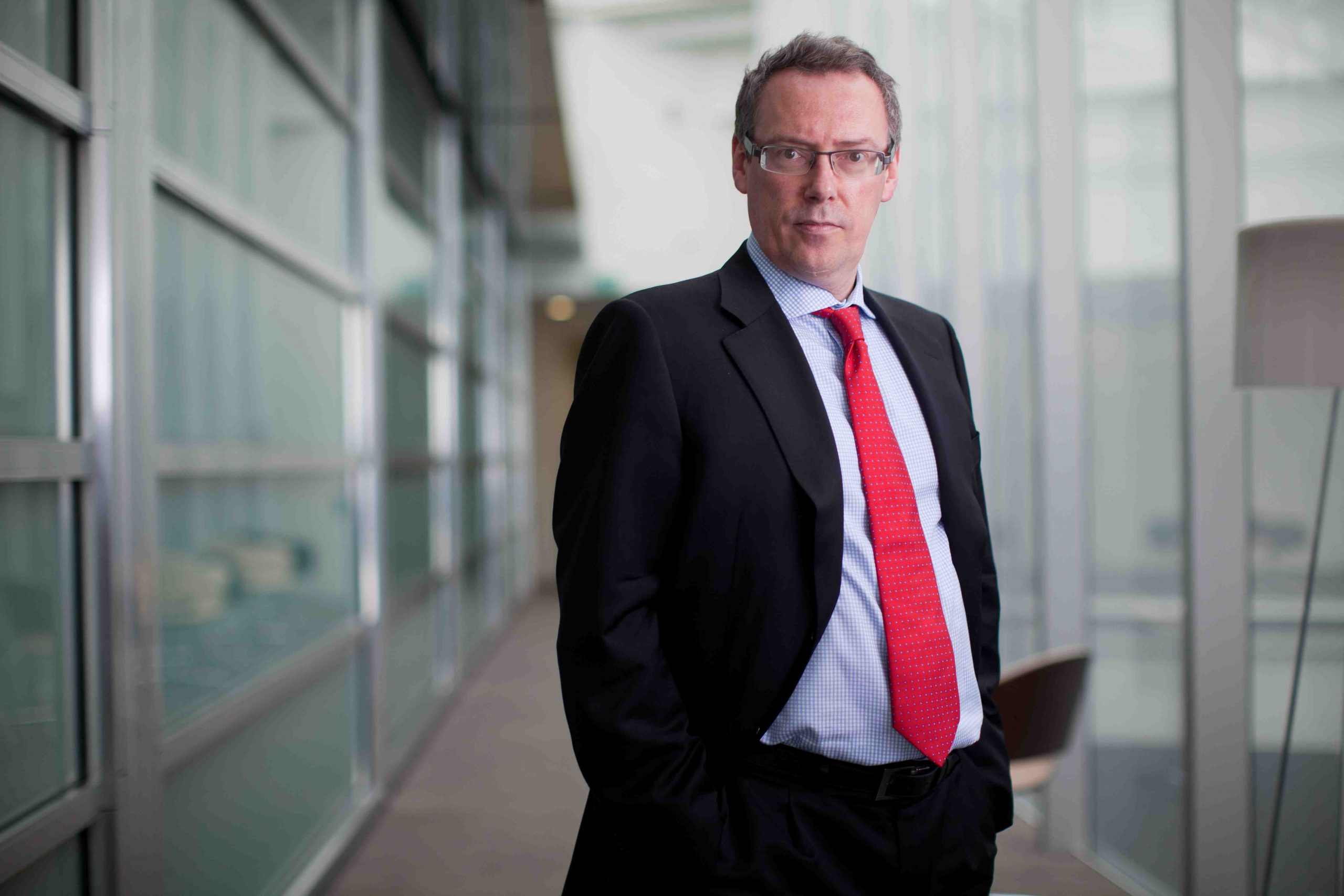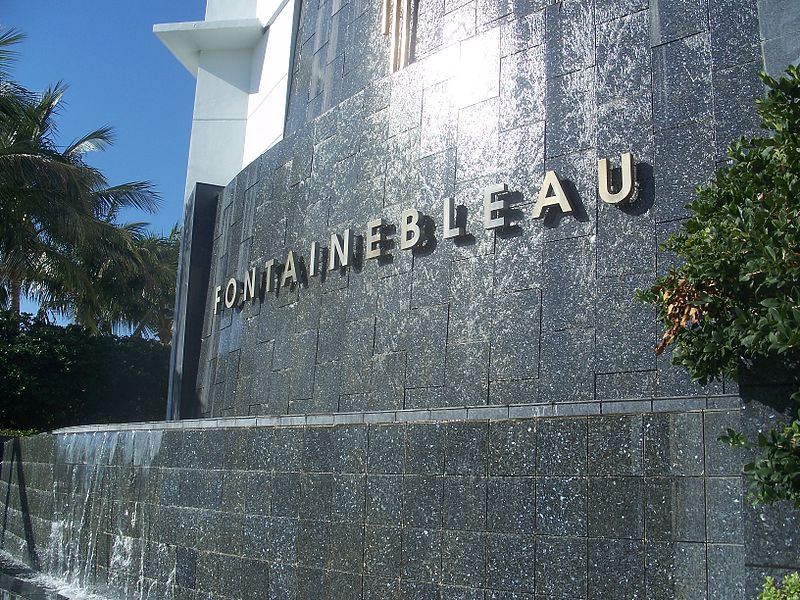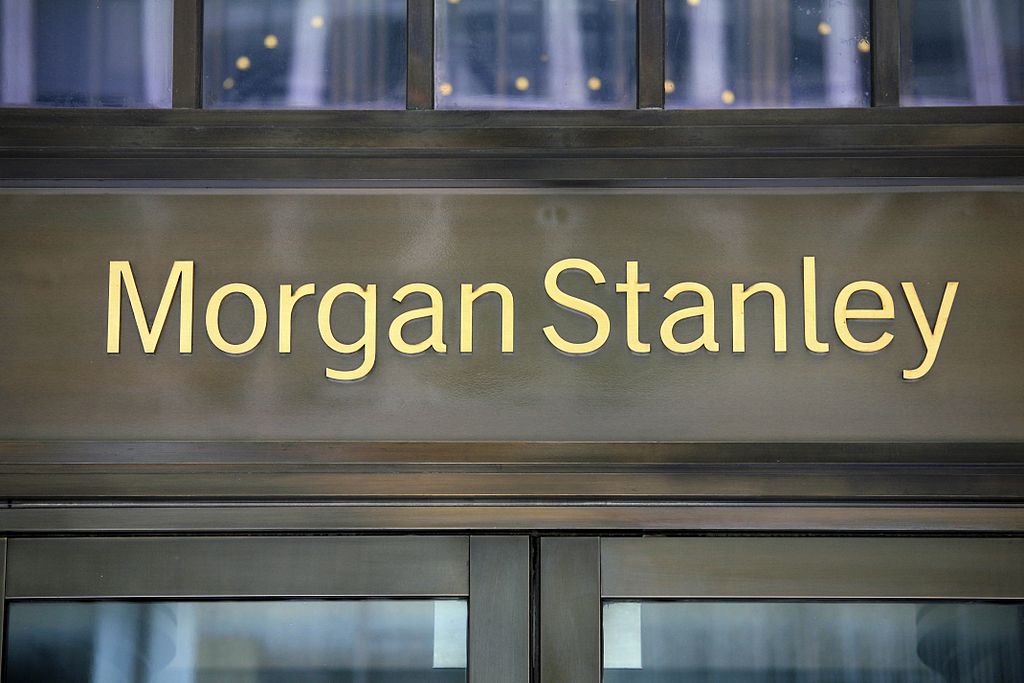How Does the Global Market in Mexico work?
| For Gabriela Huerta | 0 Comentarios

To mark the tenth anniversary of the International Quotation System (SIC) of the Mexican Stock Exchange (BMV), which allows investors in Mexico to invest in foreign securities, Claudio Curtius and Manuel Olivo of Deutsche Bank spoke to Funds Society to explain the process followed by SIC as well as its market expectations.
The Global Market (SIC) is the segment of the BMV where securities listed in foreign marketsare registered(whether shares or ETF’s) in order that investors in the country may have access to foreign instruments from any local brokerageand in Mexican pesos.
Ten years ago SIC began operations with 30 U.S. issuers (making up the Dow Jones), and currently operate 903 bonds – 439 ETFs, 353 shares and 111 debt bonds, surpassing 22,000 million dollars.
The amount of capital traded in the global market in 2012 accounted for 21% of trading volume across the BMV and to date about 20%, with over 12,000 investors participating in it. Last year the security with the highest amount traded was the SPDR Trust Series 1 ETF with 4,328 million dollars traded.
Under the SIC structure, the Deutsche Bank Group via Deutsche Bank Securities Mexico, acts before the BMV and the National Banking and Securities Commission (CNBV) as a sponsor of the listing of foreign issuers, providing all relevant and financial information about the issuers present within the local market. In turn, Deutsche Bank New York serves as foreign custodian of SD Indeval for all securities of the issuers listed by Deutsche Securities in Mexico traded on the SIC.
The process for making the list is relatively simple and can be performed in a period of less than a month, provided the bond meets the following characteristics:
- It has been traded for at least three months in its market of origin
- International Accounting Principles
- Exchange of origin under regulators recognized by IOSCO
- Be up to date on the delivery of information and on its obligations to the investor
- Homogeneous corporate financial information
It is worth mentioning that today 90% of SIC operations, particularly of the private banking segment, are carried out in the BMV’s secondary market, which means there is no extra cost for arbitration to bring the shares from abroad.
Amongst the benefits of operating in this market highlighted by the executives, are those of diversification as well as those oftaxation (as capital gains have a favorable and transparent treatment), being able to trade in Mexican pesos (limiting the risk of exchange rate fluctuations), liquidity (in the event of not sufficient market in Mexico may trade in the market of origin), as well as the possibility of transfer of securities for those investors who hold positions abroad and who, due to changes in regulations derived from the FATCA act, prefer to operate their portfolios from Mexico.
Looking ahead, executives expect “to see growth both on the side of investors as well as on product offering”, of a system which has already been imitated in other countries.

